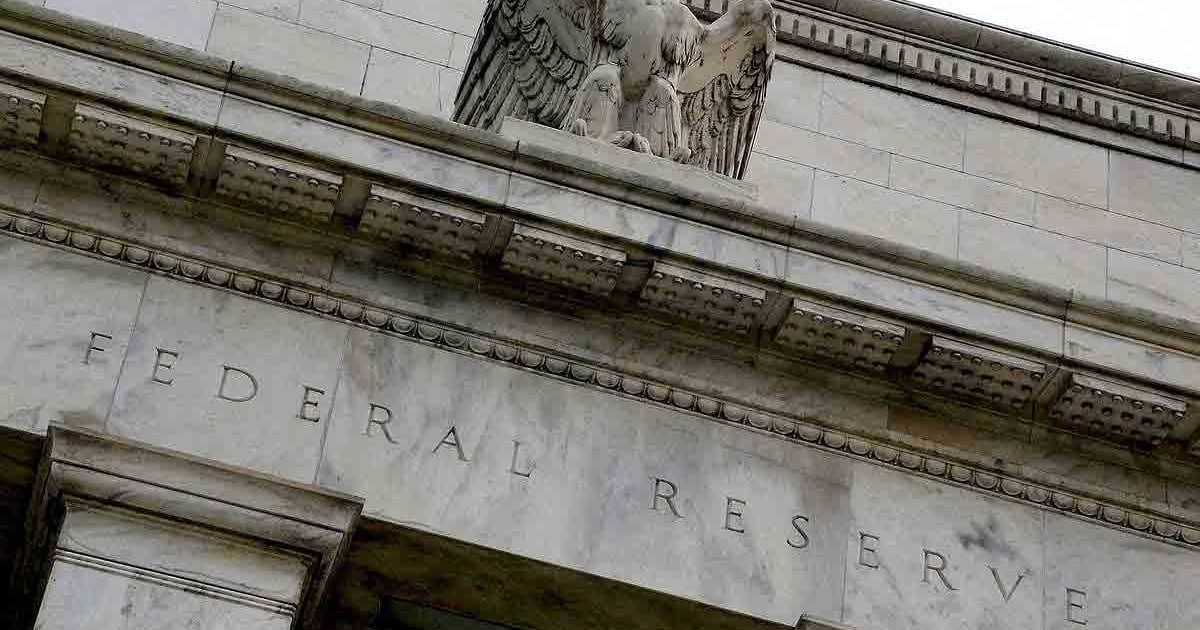
WASHINGTON – The Federal Reserve on Wednesday raised interest rates by a quarter of a percentage point and signaled it may pause further increases, giving officials time to assess the fallout from recent bank failures, wait on the resolution of a political standoff over the U.S. debt ceiling, and monitor the course of inflation.
The unanimous decision lifted the U.S. central bank’s benchmark overnight interest rate to the 5-5.25 percent range, the Fed’s tenth consecutive increase since March 2022.
The Federal Reserve’s actions increase the likelihood of higher borrowing costs for new and used vehicles and other forms of credit. Rising interest rates along with higher sticker prices have dealers concerned.
Franchised dealers surveyed in January and February by Cox Automotive for its first-quarter Dealer Sentiment Index were most likely to cite interest rates as a factor holding back their business.
The Fed’s accompanying policy statement dropped language saying that its rate-setting Federal Open Market Committee still “anticipates that some additional policy firming may be appropriate in order to attain a stance of monetary policy that is sufficiently restrictive to return inflation to 2 percent over time.”
In its place the Fed inserted a more qualified statement, reminiscent of language used when it halted rate hikes in 2006, which says that “in determining the extent to which additional policy firming may be appropriate,” officials will study how the economy, inflation and financial markets behave in the coming weeks and months.
The new language does not guarantee the Fed will hold rates steady at its next policy meeting in June, and the statement noted that “inflation remains elevated,” and job gains are still “running at a robust pace.”
But the Fed’s policy rate is now roughly the same as it was on the eve of a destabilizing financial crisis 16 years ago, and is at the level which a majority of Fed officials projected in March would in fact be “sufficiently restrictive” to return inflation to target. It is currently still more than twice that level.
Economic growth remains modest, but “recent developments are likely to result in tighter credit conditions for households and businesses and to weigh on economic activity, hiring and inflation,” the Fed said.
Risks around the recent failures of several U.S. banks and a debt limit standoff between Republicans in Congress and Democratic President Joe Biden have added to the Fed’s sense of caution about trying to tighten financial conditions further.
Dan Shine of Automotive News contributed to this report.